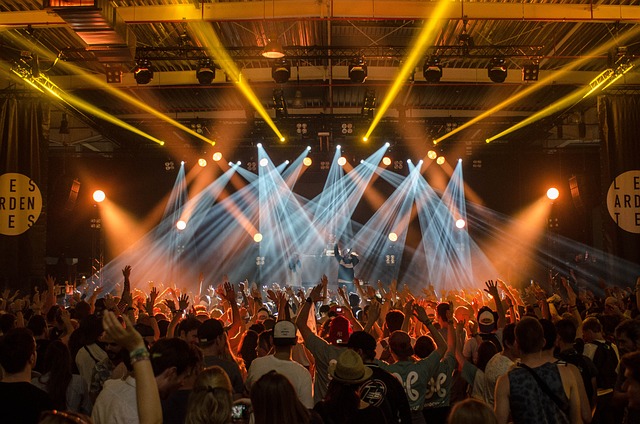Hybrid event workflows: integrating in-person and streaming operations
Hybrid events combine live gatherings and streamed experiences to reach broader audiences while preserving the energy of in-person performances. This article outlines practical workflows for programming, production, ticketing, marketing, and accessibility so venues and festivals can coordinate teams, technology, and partnerships for cohesive hybrid delivery.

Hybrid events require careful planning to ensure both physical attendees and remote viewers receive coherent, high-quality experiences. Successful workflows align curation and programming with production and marketing timelines while balancing budgets and sustainability goals. Integrating livestreaming alongside on-site performances means coordinating stage schedules, camera shots, audio mixes, captioning, and interactive features so storytelling and audience engagement remain consistent across channels.
performances and storytelling
Designing performances for hybrid audiences begins with intentional storytelling choices that land in-room and on-screen. Creators should workshop pacing, camera-aware blocking, and concise visual cues so moments register at a distance as they do up close. Rehearsals that include camera operators and stream engineers help refine transitions between live cues and broadcast-friendly shots. Consider how intimacy, silence, and crowd interactions translate for remote viewers, and build moments that reward both audiences without privileging one over the other.
venues and production coordination
Venue operations must adapt to dual demands of audience seating and technical infrastructure. Production teams map power, network, and sightlines early; portable rigs, dedicated fiber or bonded cellular links, and quiet production areas reduce on-site friction. Coordinate load-in, camera positions, lighting rigs, and green rooms with venue management to avoid disrupting patrons. Clear stage management calls that include livestream cues and in-house show calls keep production tight and minimize overlap between audience-facing and broadcast-facing elements.
livestreaming and technical reliability
Livestreaming reliability depends on redundant systems and real-time monitoring. Use multi-bitrate encoders, fallback encoders, and redundant network paths to protect the broadcast. Allocate a dedicated operator to monitor stream health, bitrate, and latency while another manages live switching, graphics, and captions. Integrate analytics hooks from the stream platform to observe viewer drop-off, engagement spikes, and geo-distribution—data that informs future programming and marketing choices and helps troubleshoot technical issues quickly.
programming, curation, and audience design
Curation for hybrid formats balances program length, variety, and interactivity to suit diverse audiences. Shorter segments and clear chaptering help remote viewers stay engaged, while in-person programming can include extended interactions and installations. Use pre- and post-show digital content—interviews, behind-the-scenes clips, or curated playlists—to extend storytelling and create touchpoints for both audiences. Partnerships with local artists or community groups can diversify programming and broaden reach for festivals and recurring series.
ticketing, marketing, and partnerships
Ticketing systems should distinguish access levels—live seats, livestream passes, or bundled options—while simplifying checkout and fulfillment. Integrate access links, DRM where necessary, and clear instructions for stream access. Marketing plans must articulate the hybrid value proposition without overstating benefits: promote storytelling angles, exclusive remote features, and local partnerships. Partner with sponsors, tech providers, or community organizations to underwrite production costs and expand promotional channels while aligning messaging for both on-site and online audiences.
accessibility, sustainability, and analytics
Accessibility and sustainability are core considerations for equitable hybrid delivery. Provide captions, sign language, audio description, and multilingual options for livestreams; ensure venue sightlines and assistive services for in-person attendees. Sustainability practices include minimizing single-use materials on-site and optimizing energy use in production setups. Collect analytics—attendance, viewing duration, engagement clicks, and geographic data—to measure outcomes. Use those insights for future curation decisions, marketing segmentation, and refining production workflows for better resource allocation.
Conclusion
Integrating in-person and streaming operations requires cross-functional planning across curation, production, ticketing, marketing, and accessibility disciplines. Workflows that prioritize clear communication, technical redundancy, and audience-centered storytelling yield hybrid events that serve multiple communities effectively. Over time, iterative use of analytics and partnerships can refine processes, support sustainability goals, and help venues and festivals deliver cohesive experiences for both live and remote audiences.





